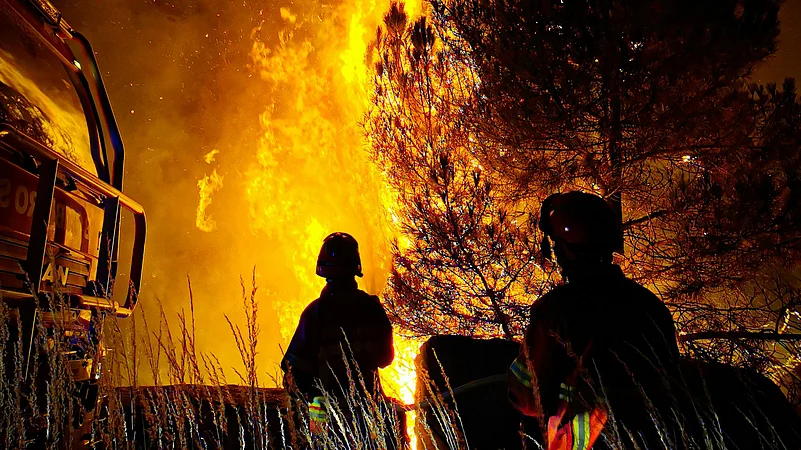There has been a dramatic rise in the intensity of weather events such as droughts and floods over the past five years, according to new data from Nasa as reported by The Guardian.
The study revealed that such extreme events are becoming more frequent, longer-lasting and more severe, with last year’s figures reaching twice that of the 2003-2020 average.
The researchers say they did not foresee the steep rise in extreme weather events. They attribute the current trend to climate change, accepting that the intensity of extremes appears to have soared even faster than global temperatures.
A Met Office expert told The Guardian that the rise in extremes has long been predicted but are now being seen in reality. He warned that people were unprepared for such weather events, which would be outside previous experience.
While the data awaits peer-review, researchers agree it aligns with growing evidence from global climate monitoring agencies. The data has been co-produced by Dr Bailing Li, from the Hydrological Sciences Laboratory of Nasa’s Goddard Space Flight Center – affiliated with the University of Maryland’s Earth System Science Interdisciplinary Center, who told The Guardian, “We can’t prove causation yet – we would need a much longer dataset. It’s difficult to pinpoint exactly what’s happening here, but other events suggest that (global) warming is the driving factor. We are seeing more and more extreme events round the world, so this is certainly alarming.”
Her colleague Dr Matthew Rodell, chief of hydrologic sciences at Goddard, also counselled caution over the latest data, admitting that “it’s certainly scary”.
Experts Warn of Escalation
The World Meteorological Organization (WMO) has similarly reported an increase in climate-related disasters. As intensities increase beyond usual trends, scientists stress the urgent need for adaptive infrastructure and stronger mitigation policies to prepare communities for a future of weather extremes.
The World Meteorological Organization’s January 2025 report confirms that 2024 likely exceeded 1.5 degrees Celsius above 1850–1900 averages, the first calendar year to do so. It also highlights record-breaking ocean heat, sea-level rise, glacier loss and sea‑ice decline—indicating a climate system under unprecedented stress and driving more hydroclimatic extremes.
These intensifying patterns pose challenges for agriculture, infrastructure, water security and disaster preparedness—infrastructures tailored for yesterday's norms.




























